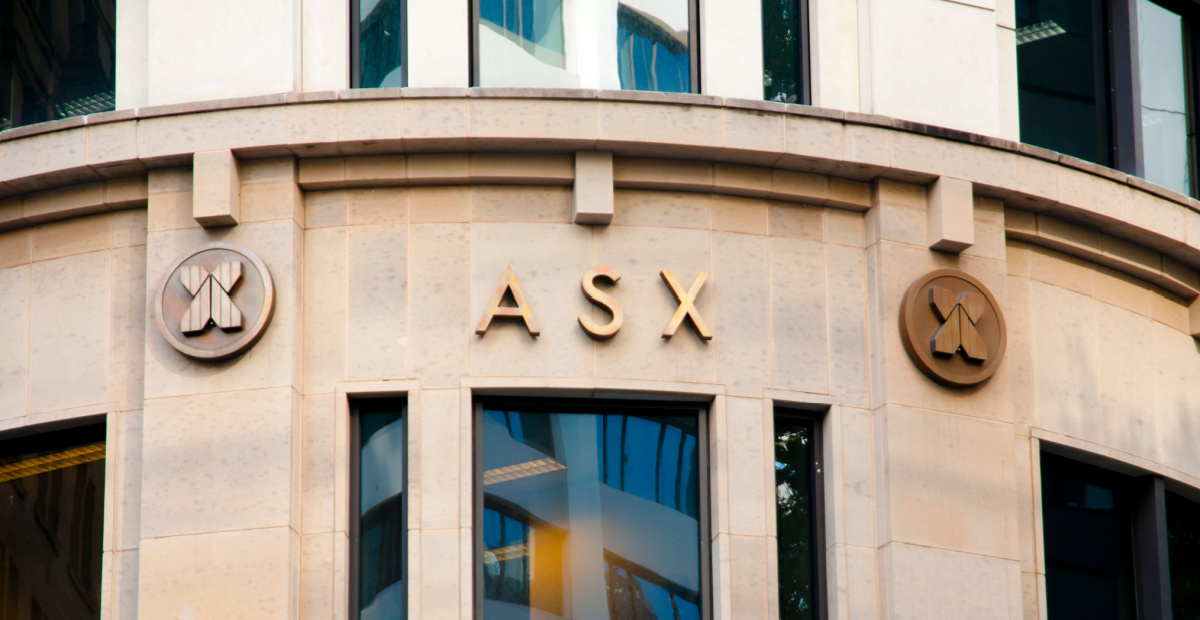ASX a conflicted, vertically-integrated monopoly

The Australian Securities Exchange (ASX) has a clear conflict of interest in the way it provides clearing and settlement services because it is a vertically integrated monopoly, according to the Stockbrokers and Investment Advisers Association (SIAA).
What is more, the SIAA has told the Australian Securities and Investments Commission inquiry into ASX Group that most of its stockbroking members have little faith that a competitor to the ASX for clearing and settlement services will emerge any time soon.
“It is difficult to see how a competitor could emerge over the short term, even with the passing of the Clearing and Settlement Services Rules, as interoperability of the CHESS system will only come into full effect on the implementation of CHESS replacement Release 2, which is currently scheduled to take place in 2029,” the SIAA submission said.
“We consider that it is unlikely that a competitor will emerge without equal access to ASX infrastructure,” the submission said.
“Creating competition in markets where the monopoly provider of services also controls the infrastructure in a vertically integrated model has been historically challenging.
“It may well be, that without significant structural change, a competitor will never emerge to provide clearing and settlement services,” the SIAA said.
Elsewhere in its response, the SIAA noted that it has “significant concerns about the ASX’s risk culture”.
“We have no visibility over what ASX is doing to improve its risk culture. Our members report that there is limited engagement with ASX on risk matters outside of ASX Compliance enforcement of operating rules. There is a lack of knowledge about the level of technology risk expertise on the Risk Committee. There is no engagement with the Chief Risk Officer,” it said.
“An example of a deficiency in ASX’s risk culture that is a matter of concern to our members is that ASX does not appear to have a risk tool to report ‘near misses’. This was highlighted by an issue outlined in the RBA September 2025 Assessment Report that took place in April 2025 when high trading volumes on 7 April alongside a change in a participant’s systems led to the possibility that ASX could hit capacity constraints related to the number of unique holder identification numbers in a CHESS settlement batch.
“As a result, there was a risk that trades executed on 7 April 2025 could fail to settle two days later. The RBA report points out that the underlying problem was very similar to the issue that caused the December CHESS incident (which was a ‘global section’ memory limit). Apparently, despite knowing that there was a risk that settlement might be disrupted if the capacity limits were exceeded, remediation was not considered until trade volumes reached a level that posed a significant, immediate risk of exceeding the capacity limit and ASX did not report the problem to the RBA until the day before the potential impact on settlement.
“Notwithstanding the seriousness of this incident that can be categorised as a ‘near miss’, SIAA’s members were not made aware of this issue by ASX and did not know about it until they read the RBA Assessment Report. This is a clear failure of transparency and reflects poorly on ASX’s risk culture. At the very least ASX should have communicated with our members by reporting it to the Business Committee,” the SIAA’s response said.











Ladder board of top leaches.
I've told 3 potential clients this week that their Industry Super Fund customer service is so terrible I want nothing…
Mulino better get moving, his masters at the union funds are getting upset how long they have to wait to…
Like Ronald McDonald opining on nutrition. The SMC should be quiet.
“We expect better regulation will reduce fraud and security issues," Regulation worked so well in the past.